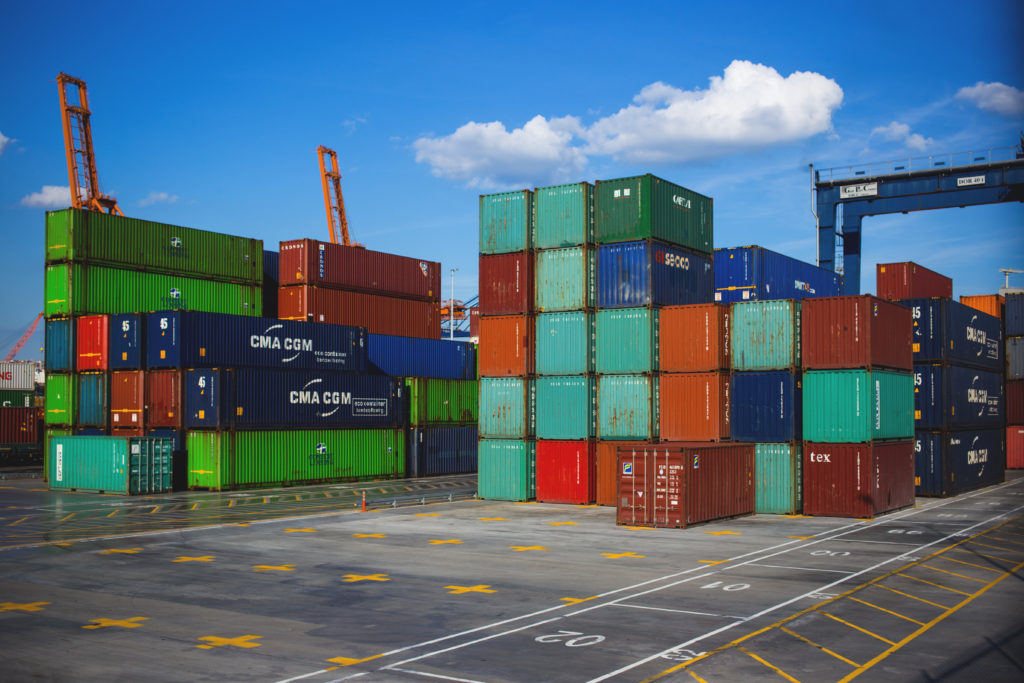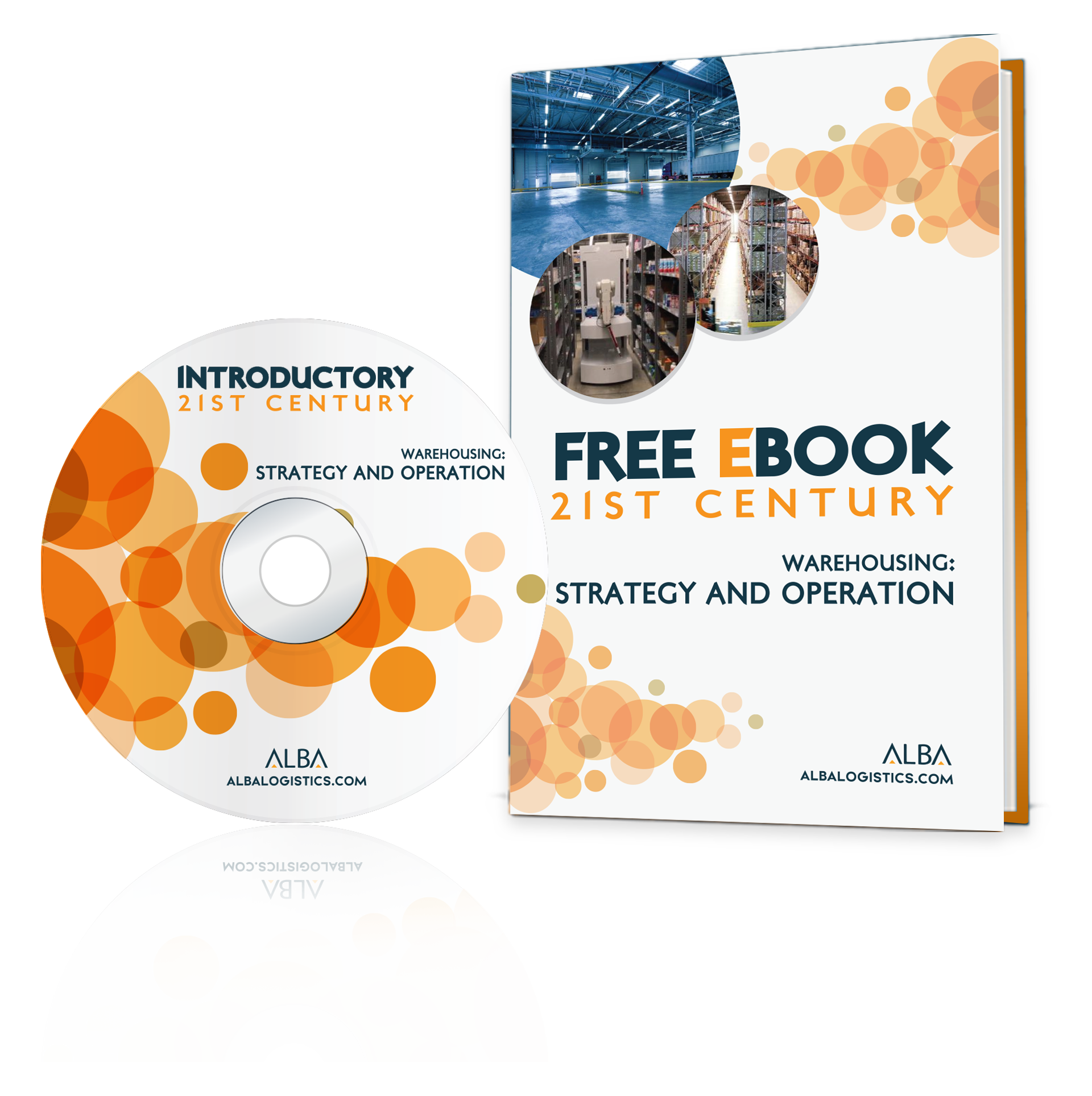Practical Skills for the Future

Course: Warehousing Strategy, Design and Operation
The warehouse has traditionally been the Cinderella department in many businesses, and this has particularly been the case in the manufacturing sector. However, the advent of supply chain management (SCM) has highlighted the importance that warehousing plays, as a vital link in the supply chain, in helping best-in-class companies to gain competitive advantage and WIN in today’s economy.
The warehouse is highly integrated in today’s supply chain and an inappropriately designed and operated warehouse will play havoc with planning, production, quality and customer service whereas a well managed and operated warehouse will add value to your business and deliver real competitive advantage.
For quite some time now I have wanted to bring together a collection of my best concepts, ideas and real-life case studies for my clients to help them in a truly practical and pragmatic sense to engage with and address the many challenges encountered day-to-day in warehousing strategy and operations. This course Warehousing Strategy, Design and Operation is the outcome.
The topics covered in this practical hands-on course include:
The three top items that I hope that you will take away from this course are:
The warehousing function is a critical component of the supply chain of any business in the economy of the 21st century and a true source of competitive advantage. The warehouse is a highly integrated component of a modern business and as such warrants due focus and attention - the warehouse can no longer be the Cinderella department. There are huge opportunities to improve the effectiveness and efficiency of warehousing operations through the application with focus and determination of some straightforward tools and techniques.
For details of next dates and venue click here
The warehouse is highly integrated in today’s supply chain and an inappropriately designed and operated warehouse will play havoc with planning, production, quality and customer service whereas a well managed and operated warehouse will add value to your business and deliver real competitive advantage.
For quite some time now I have wanted to bring together a collection of my best concepts, ideas and real-life case studies for my clients to help them in a truly practical and pragmatic sense to engage with and address the many challenges encountered day-to-day in warehousing strategy and operations. This course Warehousing Strategy, Design and Operation is the outcome.
The topics covered in this practical hands-on course include:
- Warehouse Equipment
- Warehouse Design
- People, Skills and Learning
- Warehouse Technology
- Sustaining Improvement in Warehouse Operations
- Project Justification
The three top items that I hope that you will take away from this course are:
The warehousing function is a critical component of the supply chain of any business in the economy of the 21st century and a true source of competitive advantage. The warehouse is a highly integrated component of a modern business and as such warrants due focus and attention - the warehouse can no longer be the Cinderella department. There are huge opportunities to improve the effectiveness and efficiency of warehousing operations through the application with focus and determination of some straightforward tools and techniques.
For details of next dates and venue click here

Course: International Supply Chain Relationships
“We are all caught in an inescapable network of mutuality, tied in a single garment of destiny. Whatever affects one destiny, affects all indirectly.” ― Martin Luther King Jr.
We live in a globalized world we are being told incessantly on the newscasts. We hear about the globalized economy, the global market place, global culture and even the global war on terror. But what is globalization and what does it mean for me as an individual manager or business owner? Is it a threat or is it an opportunity and whatever it is what should I do about it? Indeed, what can I do about it?
The accelerating changes that are we can all observe occurring in the day-to-day world of business such as increased foreign competition in our home markets, global sourcing, exporting, offshoring and international recruitment are the effects of globalization that we are most familiar with in our businesses. The causes that are driving these changes are both broad and deep and have acquired a momentum that could only be stopped by a major world conflagration causing nations to close in upon themselves. These drivers are meta-trends and they include trade deregulation, advances in information and communications technology and the integration of transport modes and infrastructure.
As a consequence, businesses of all types and sizes, and not just multinational corporations, are having to respond urgently to these changes, if they wish to survive and thrive. The best among them are developing strategies, plans and techniques to mitigate the threats and to take advantage of the opportunities presented by this globalization of business.
Many have looked to the ideas, tools and concepts of supply chain management (SCM) as a framework to help them make sense of the new degrees of complexity and connectedness that result from working in an economy with so many interconnected partners spread across very large geographical areas.
Supply chain management adopts a systems approach to analysing the interconnected networks that business now find themselves embedded in and is particularly suited to this purpose. However much of the available literature is based on the challenges and experiences of very large corporations and consequently many managers and business owners of smaller and medium sized firms find these cases difficult to relate to their own situation.
In this course, I aim to provide the managers and owners of smaller and medium sized enterprises (SMEs) with a solid understanding of the thinking habits, hard and soft skills and worldview required to be successful in the highly interconnected business environment of the early 21st century. I argue that the crucial differentiator that will set apart the most successful firms will be the quality and strength of the connections that they build with the full panoply of partners in their supply chains. I explain how the tools and techniques of supply chain management can be translated and applied to the realities faced by SMEs as the effects of globalization continue to reach parts of the economy hitherto sheltered from the winds of change.
The topics covered in this practical hands-on course include:
We live in a globalized world we are being told incessantly on the newscasts. We hear about the globalized economy, the global market place, global culture and even the global war on terror. But what is globalization and what does it mean for me as an individual manager or business owner? Is it a threat or is it an opportunity and whatever it is what should I do about it? Indeed, what can I do about it?
The accelerating changes that are we can all observe occurring in the day-to-day world of business such as increased foreign competition in our home markets, global sourcing, exporting, offshoring and international recruitment are the effects of globalization that we are most familiar with in our businesses. The causes that are driving these changes are both broad and deep and have acquired a momentum that could only be stopped by a major world conflagration causing nations to close in upon themselves. These drivers are meta-trends and they include trade deregulation, advances in information and communications technology and the integration of transport modes and infrastructure.
As a consequence, businesses of all types and sizes, and not just multinational corporations, are having to respond urgently to these changes, if they wish to survive and thrive. The best among them are developing strategies, plans and techniques to mitigate the threats and to take advantage of the opportunities presented by this globalization of business.
Many have looked to the ideas, tools and concepts of supply chain management (SCM) as a framework to help them make sense of the new degrees of complexity and connectedness that result from working in an economy with so many interconnected partners spread across very large geographical areas.
Supply chain management adopts a systems approach to analysing the interconnected networks that business now find themselves embedded in and is particularly suited to this purpose. However much of the available literature is based on the challenges and experiences of very large corporations and consequently many managers and business owners of smaller and medium sized firms find these cases difficult to relate to their own situation.
In this course, I aim to provide the managers and owners of smaller and medium sized enterprises (SMEs) with a solid understanding of the thinking habits, hard and soft skills and worldview required to be successful in the highly interconnected business environment of the early 21st century. I argue that the crucial differentiator that will set apart the most successful firms will be the quality and strength of the connections that they build with the full panoply of partners in their supply chains. I explain how the tools and techniques of supply chain management can be translated and applied to the realities faced by SMEs as the effects of globalization continue to reach parts of the economy hitherto sheltered from the winds of change.
The topics covered in this practical hands-on course include:
- The Globalization of Business and the Supply Chain Management Concept
- The World is not Flat: Geography Still Matters
- Culture: An Evolutionary Strategy for Success
- We’re Getting Hitched: Long Term Inter-organizational Relationships
- Let’s Make a Movie: Situational Inter-organizational Relationships
- Why Bother?: The Whole is more than the Sum of the Parts
- Do you Speak my Language?: Supply Chain Communication
- Right Stuff, Right Place, Right Time: Supply Chain Coordination
- Finger on the Pulse: Control and Measurement
- Looking around the Block?: Future Trends
- Every business is part of multiple supply chains or networks but not every business is doing supply chain management which is a non-conventional approach to managing, measuring and coordinating the provision of products and services.
- You don’t have to be a very large business to internationalize effectively and there are many models and options available to fit your business strategy.
- The investment that you make to develop the skills and capabilities that you build to help you forge and sustain high-quality relationships with international suppliers, customers, service providers and state agencies will deliver massive return on investment to your business.
The three top items that I hope that you will take away from this course are:
For details of next dates and venue click here

